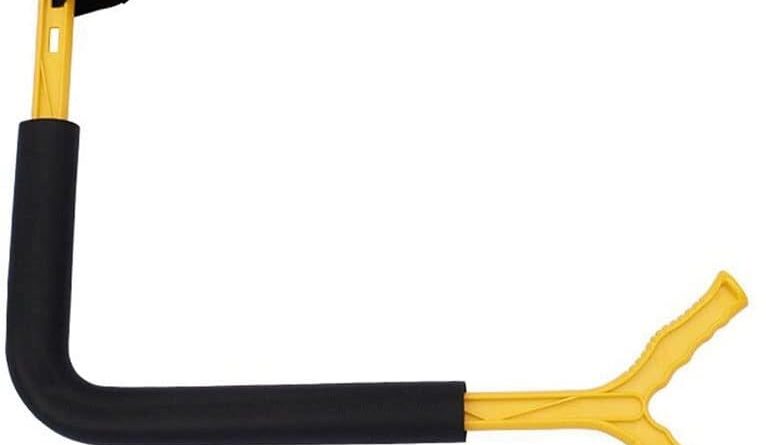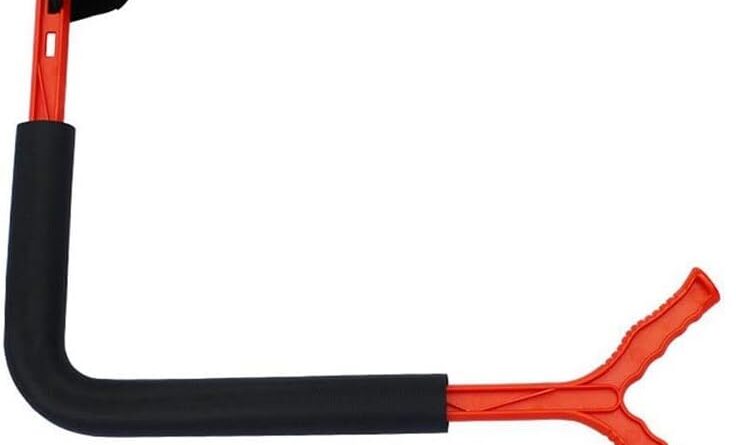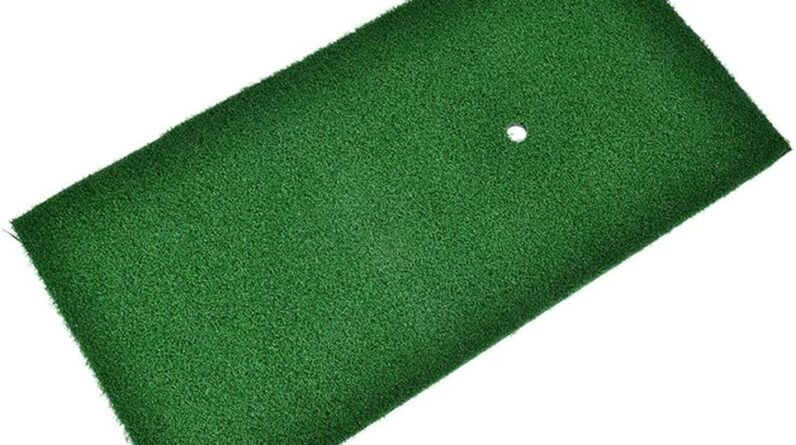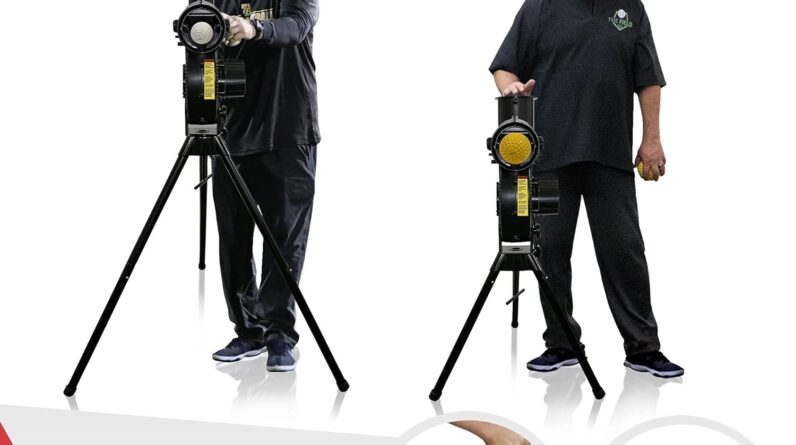Imagine standing on the golf course, the wind gently rustling through the trees and the anticipation of the perfect swing building within you. But wait, how do you know which club to choose when the wind is playing a crucial role? Don’t worry, I’ve got you covered. In this article, we will unravel the secrets of adjusting for wind conditions when selecting a club, ensuring that your shots sail effortlessly through the air, defying even the strongest of gusts. Get ready to level up your golf game and conquer the wind!
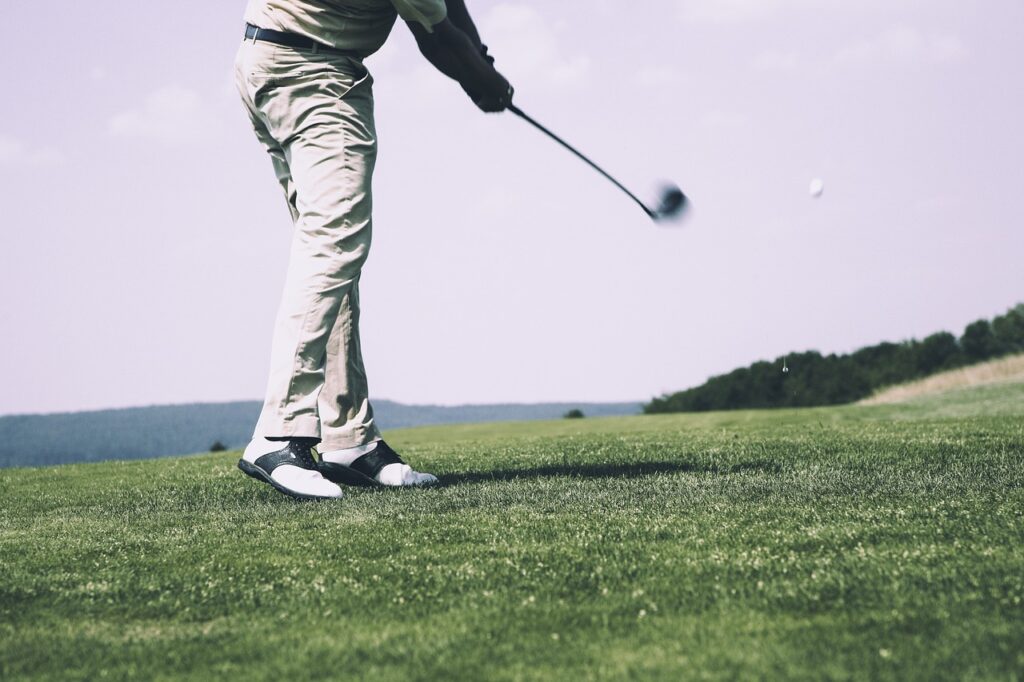
Factors to Consider
When it comes to adjusting for wind conditions while selecting a club, there are several factors you need to take into consideration. These factors include wind speed, wind direction, course layout, and shot distance. Each of these factors plays a crucial role in determining the impact of wind on your shots and the adjustments you need to make.
Wind Speed
The first factor to consider is the wind speed. The speed of the wind can greatly affect the flight of your golf ball. Strong winds can push your shots off course, while calm winds may have minimal impact. It is important to pay attention to the wind speed as it will guide you in determining the necessary adjustments to make.
Wind Direction
Another important factor to consider is the wind direction. The direction from which the wind is blowing can significantly affect the trajectory and distance of your shots. Depending on the wind’s direction, you may need to make adjustments to your aim and club selection to compensate for its influence on the ball’s flight.
Course Layout
The layout of the golf course also plays a role in how you adjust for wind conditions. Certain holes may be more exposed to the wind, while others may be sheltered by trees or other obstacles. Understanding the layout of the course will help you anticipate how the wind will affect your shots and make the necessary adjustments accordingly.
Shot Distance
Lastly, the distance of your shots should also be taken into account when adjusting for wind conditions. The longer the shot, the more time the wind has to alter its trajectory. It is crucial to factor in the shot distance as you assess the impact of wind and make the necessary adjustments in your club selection and shot execution.
Assessing Wind Speed and Direction
To effectively adjust for wind conditions, it is important to properly assess the wind speed and direction. There are a few methods you can utilize to accurately determine these crucial factors.
Observation
One of the simplest ways to assess wind conditions is through observation. Take a moment to look around and feel the wind on your face. Observe the movement of tree branches, flags, and any other indicators of wind direction. This will give you a general sense of the wind’s strength and where it is coming from.
Using a Wind Gauge
For more precise measurements, you can utilize a wind gauge. Wind gauges are handheld devices that provide accurate readings of wind speed and direction. They are portable and easy to use, making them a valuable tool for golfers looking to fine-tune their adjustments for wind conditions.
Wind Flags and Tree Movements
On the golf course, you can also rely on wind flags and tree movements to assess wind conditions. Pay attention to the flags on the greens or flagsticks, as they can provide a visual indication of the wind’s direction and intensity. Additionally, observe the movement of trees as they sway in the wind, which can further guide your wind assessment.
Understanding Club Selection
Club selection is a crucial aspect of adjusting for wind conditions. The choice of club can greatly influence how the wind affects your shots. Understanding club distances, characteristics, and the impact of loft and launch angle will aid you in making the appropriate adjustments.
Club Distances
Before adjusting for wind, familiarize yourself with the distances you achieve with each club in your bag. This knowledge will provide a foundation for making informed decisions when it comes to selecting the appropriate club to counteract the wind’s influence on your shots.
Club Characteristics
Different clubs have distinct characteristics that can affect their performance in windy conditions. For example, long irons tend to produce a lower ball flight, making them more suitable for combating headwinds. On the other hand, wedges and short irons may be better equipped for handling tailwinds due to their higher launch and increased spin rates.
Loft and Launch Angle
The loft and launch angle of your selected club also play a role in wind adjustment. Higher lofted clubs, such as wedges and short irons, tend to be more forgiving in windy conditions due to their ability to generate backspin and keep the ball in the air longer. Lower lofted clubs, like drivers and long irons, may require more precise adjustments to compensate for wind effects.
Effects of Wind on Shots
Different wind conditions will have varying effects on your shots. Understanding these effects is essential in making the appropriate adjustments.
Headwind
When facing a headwind, the wind is blowing against the direction of your shot. This can cause the ball to lose distance and have a higher trajectory. To counteract this, you may need to choose a club with less loft or opt for a lower ball flight by altering your swing.
Tailwind
A tailwind occurs when the wind is blowing in the same direction as your shot. This can lead to increased distance and a lower ball flight. To adjust for a tailwind, you may need to select a club with more loft or make swing adjustments to generate additional lift.
Crosswind
Crosswinds occur when the wind is blowing perpendicular to your intended shot direction. This can cause the ball to drift off course during its flight. To compensate for a crosswind, you may need to aim more to one side to allow for wind drift or consider adjusting your club selection to account for changes in shot shape.
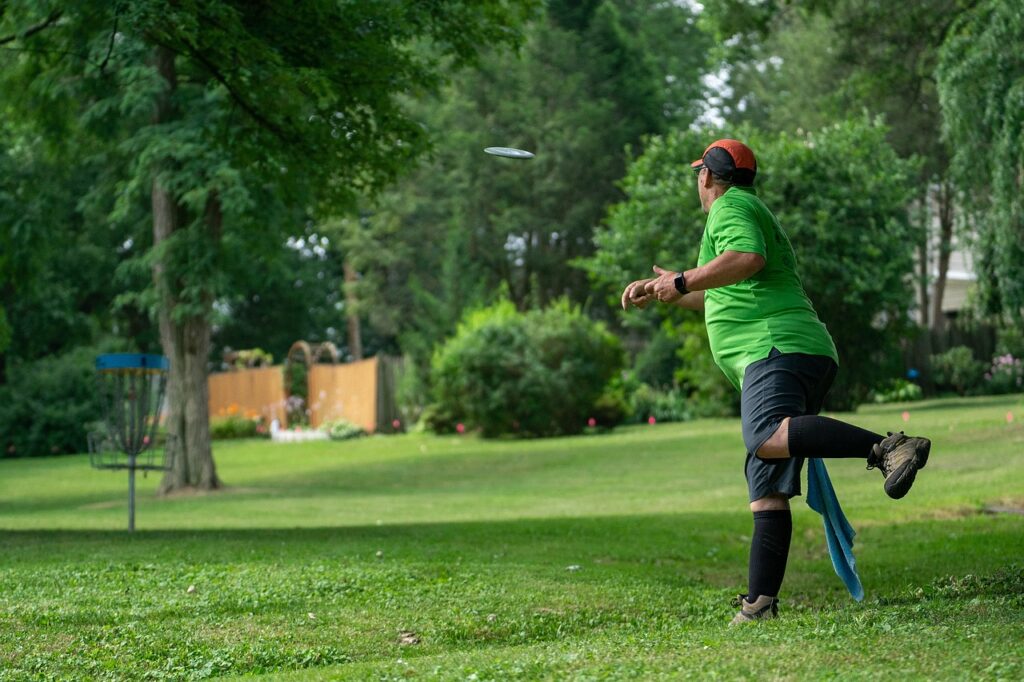
Adjusting for Wind Conditions
Once you have assessed the wind conditions and understood their effects on your shots, it is time to make the necessary adjustments.
Calculate Adjustments
To adjust for wind conditions, you need to calculate the extent of the adjustments required. Factors such as wind speed, wind direction, shot distance, and the desired shot shape all come into play when determining the adjustments needed. It is essential to have an understanding of how these variables interact to make accurate calculations.
Club Selection Variations
Based on the calculations you have made, you may need to vary your club selection compared to when playing in calm conditions. Depending on the wind conditions, you may need to select a club with less loft, more loft, or even a different club altogether to achieve your desired shot outcome.
Techniques and Strategies
Adjusting for wind conditions requires more than just altering your club selection. Implementing specific techniques and strategies can help you successfully navigate windy conditions.
Aim Adjustments
Aiming adjustments are crucial when playing in windy conditions. To account for wind drift, you may need to aim more to one side of your target. The severity of the wind will determine the extent of your aiming adjustment. Experiment with different aiming positions during practice to determine the most effective approach for various wind conditions.
Shot Shape Changes
In addition to aiming adjustments, altering your shot shape can help you combat wind effects. For example, incorporating a draw or a fade can allow you to launch the ball into the wind and reduce the influence of crosswinds. Learning to control different shot shapes will provide you with more versatility in windy conditions.
Importance of Flexibility
Flexibility is a key attribute for adjusting to wind conditions effectively. With each shot, you need to be adaptable and able to make on-the-spot decisions based on the current wind conditions. Embrace the unpredictability of the wind and remain flexible in your club selection, shot shape, and aiming adjustments.
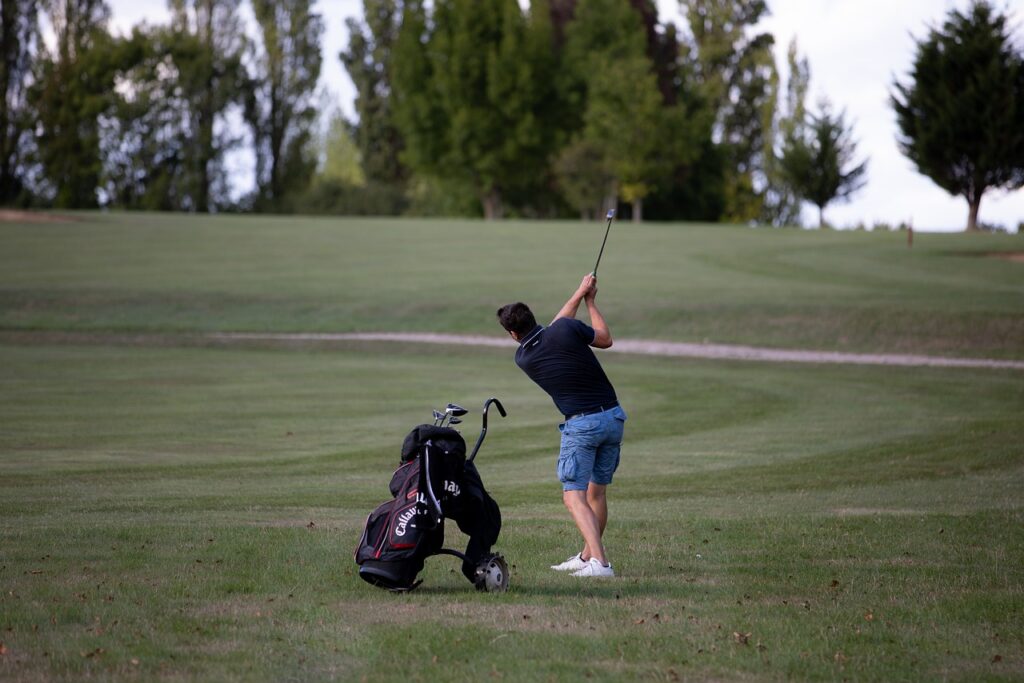
Practicing in Windy Conditions
To become proficient at adjusting for wind conditions, it is essential to practice in windy conditions regularly. This will help you develop the necessary skills and gain confidence in your ability to adapt.
Simulating Windy Conditions
If you are unable to practice on a windy day, try to simulate windy conditions on the driving range or in a practice area. You can use a fan or create your own wind by swinging your club at a faster speed. This will allow you to experience the impact of wind on your shots and practice making the necessary adjustments.
Experimenting with Clubs
During windy practice sessions, experiment with different clubs to find the best options for various wind conditions. Take note of how different clubs perform in different wind speeds and directions. This experimentation will give you valuable insights that can be applied effectively on the course.
Observing Ball Flight
When practicing in windy conditions, pay close attention to the flight of your golf ball. Observe how the wind affects its trajectory and distance. This visual feedback will help you fine-tune your adjustments and gain a deeper understanding of how wind conditions impact your shots.
Using Technology
In today’s technological era, there are various tools and apps available that can assist you in adjusting for wind conditions on the golf course.
Wind Apps and Tools
Numerous wind apps and tools provide accurate wind speed and direction readings specific to your location. These apps can be easily downloaded onto your smartphone and provide real-time updates on wind conditions. Utilize these tools to refine your wind assessment and make more precise adjustments accordingly.
Laser Range Finders
Laser range finders are another valuable piece of technology to aid in adjusting for wind conditions. These devices measure the distance to your target, helping you accurately gauge shot distances. Some advanced range finders also account for wind conditions, providing adjusted yardages based on wind speed and direction, further assisting you in making the right club selections.
Wind-Resistant Golf Balls
Manufacturers have developed golf balls designed to resist the effects of the wind. These balls feature specific dimple patterns and aerodynamic properties to maintain stability during flight. Experiment with different wind-resistant golf balls to determine if they provide any noticeable improvements in your performance under windy conditions.
Testing and Fine-Tuning
To truly master adjusting for wind conditions, it is important to continually test and fine-tune your strategies. Here are a few key aspects to consider during this process.
On-Course Trials
Apply the adjustments you have calculated and practiced on the course to test their effectiveness in real-game situations. Pay close attention to the outcomes of your shots and gather data on any deviations from your intended targets. This feedback will be invaluable in refining your adjustments and identifying any necessary modifications.
Keeping Track of Adjustments
Maintaining a record of your wind adjustments is essential for long-term improvement. Keep a journal where you document the wind conditions, the adjustments made, and the results achieved. Over time, this record will allow you to identify patterns, pinpoint successful adjustments, and build a comprehensive understanding of how to effectively adjust for wind conditions.
Professional Guidance
If you find yourself struggling to make consistent adjustments in windy conditions, consider seeking professional guidance. A golf instructor or coach can provide personalized feedback and help you develop more effective strategies for adjusting for wind conditions. Their expertise and insights can greatly accelerate your learning process and lead to improved performance on the course.
Gaining Experience and Confidence
Adjusting for wind conditions is a skill that improves with experience. Here are a few tips for gaining experience and building confidence when playing in windy conditions.
Learning from Mistakes
Don’t be discouraged by mistakes when initially adjusting for wind conditions. Instead, embrace them as valuable learning opportunities. Every shot provides insight into how the wind affects your game, allowing you to fine-tune your adjustments moving forward.
Analyzing Successful Shots
Similarly, analyze successful shots in windy conditions to understand what adjustments and techniques worked well. By studying these outcomes, you can build confidence and replicate those successful adjustments in future rounds.
Developing a Feel for Wind
Ultimately, developing a feel for wind conditions is a skill that comes with time and practice. The more you expose yourself to varying wind conditions, the better you will become at intuitively gauging wind speed and direction. Trust your instincts and continue building your experience to develop a heightened sense of how wind affects your shots.
In conclusion, adjusting for wind conditions when selecting a club requires careful consideration of factors such as wind speed, wind direction, course layout, and shot distance. By accurately assessing wind conditions, understanding club selection, and implementing appropriate techniques, you can confidently navigate windy rounds and improve your overall performance. Practice regularly in windy conditions, utilize technology and tools, and continually test and fine-tune your adjustments to become a master at adjusting for wind conditions. With experience and perseverance, adjusting for wind becomes second nature, allowing you to play your best golf regardless of the weather conditions.


